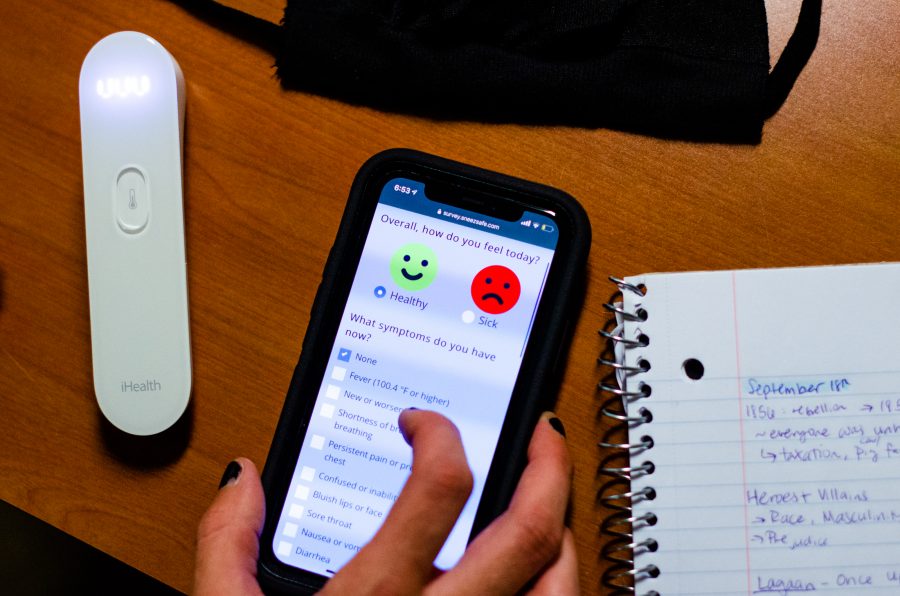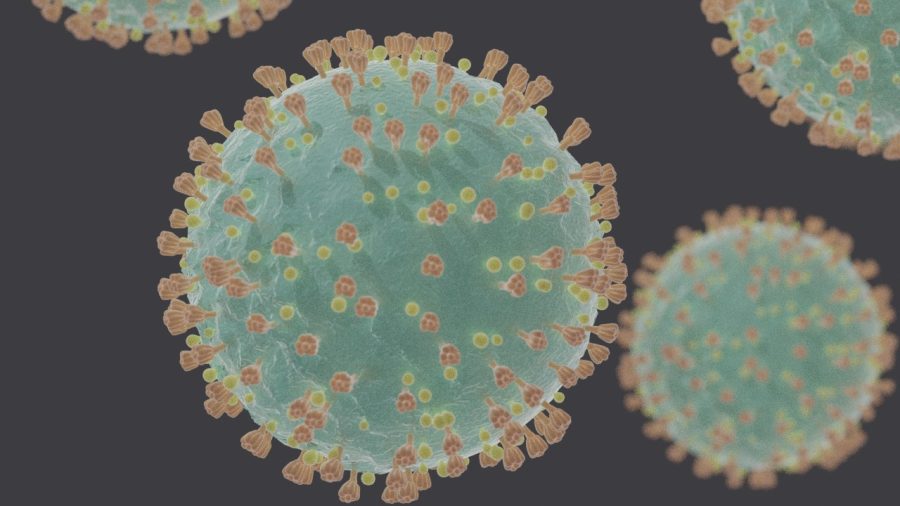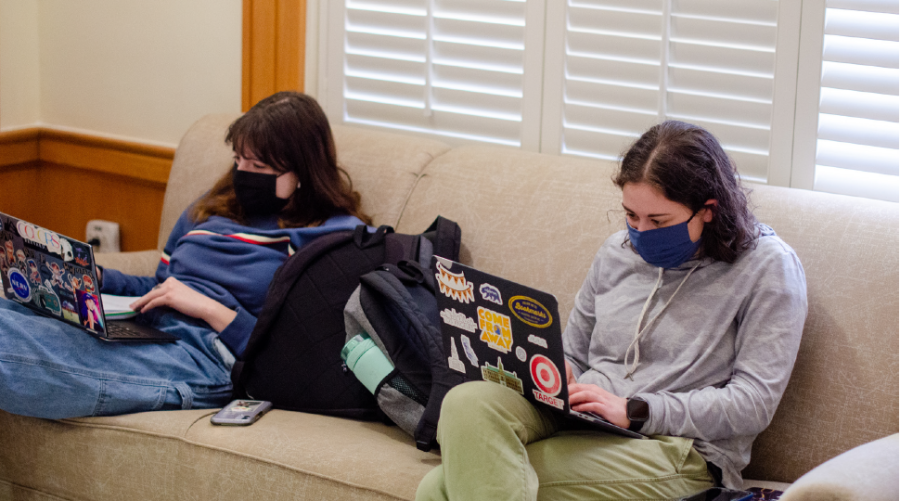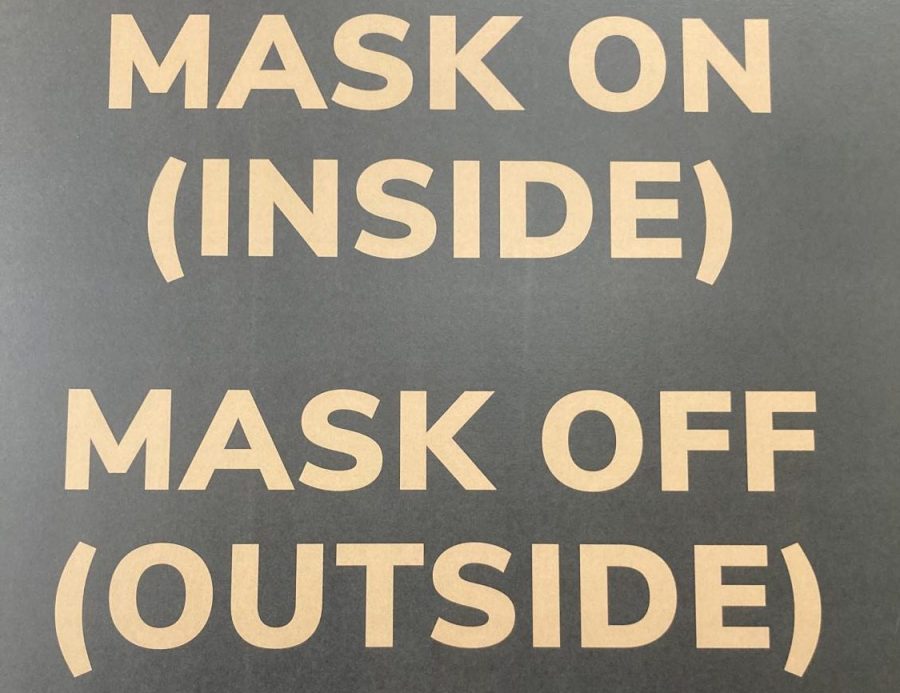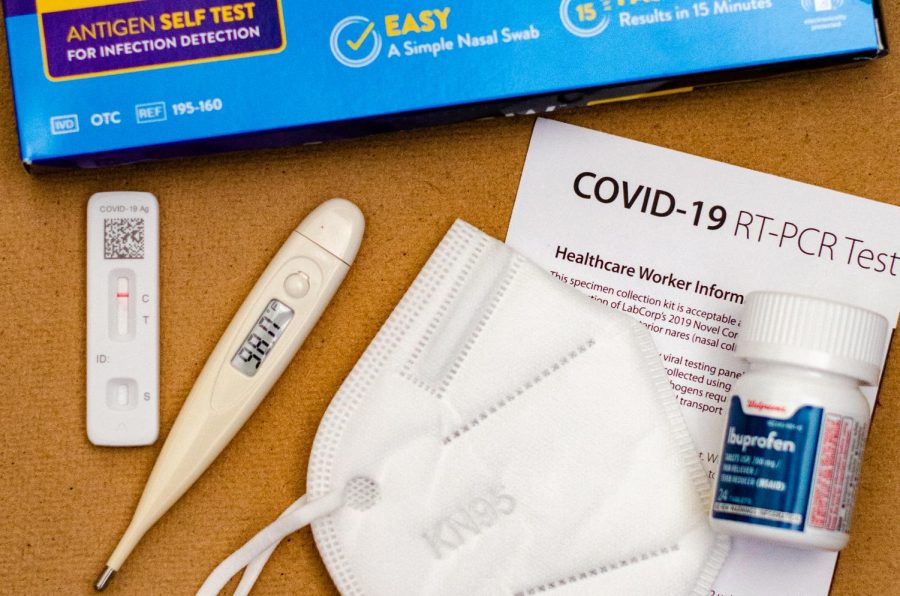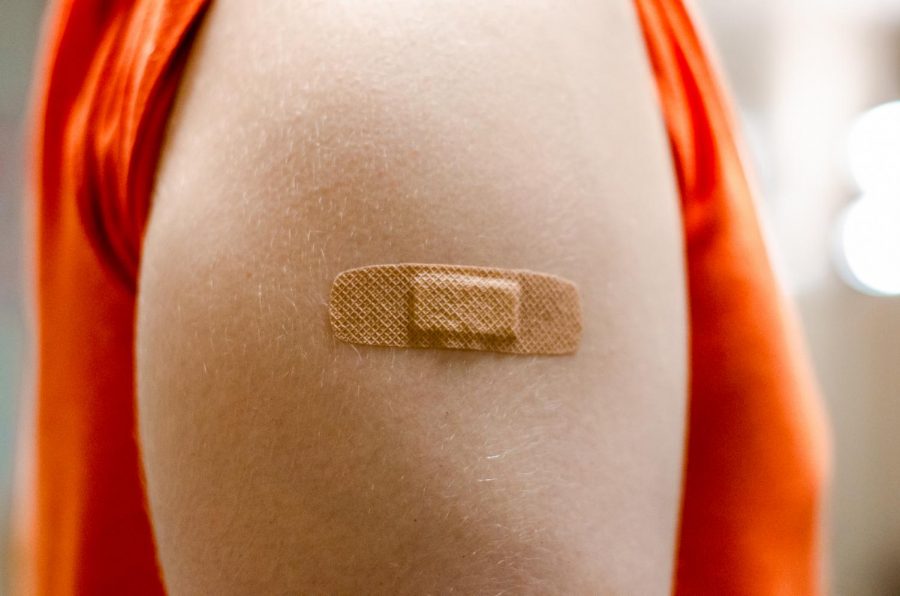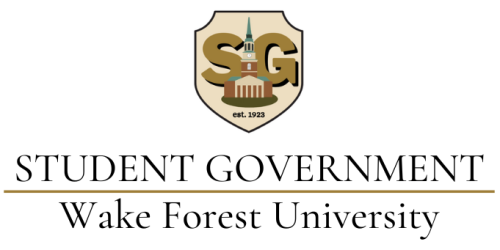As of Wednesday, Sept. 23, the COVID-19 cases on campus have continued to rise to 127 cases, though the rate of increase in cases has decreased by 17.1% in comparison to the previous week. With the university’s promises of an improved COVID-19 dashboard, many students continue to check the dashboard daily. Starting Tuesday, Sept. 22, a new feature has been added to the dashboard, which was highly requested among the student body. This feature shows the COVID-19 Asymptomatic Sample Testing data, which represents only the testing done through surveillance random testing, rather than students who came to Student Health Services with symptom concerns.
Tuesday’s data demonstrates a 1% positive testing rate among asymptomatic students, with a total of 1,258 tests being performed randomly thus far, resulting in 13 positive test results. Over the past week, 600 surveillance tests have been done, yielding three positive test results and a 0.5% positive test rate.
One of the most prominent ways that the university is able to get a greater view of students’ health is through the SneezSafe app, which is a web app engineered by Sneez, LLC., designed to be a screening tool for symptoms of COVID-19. According to Cheryl Walker, acting executive director for news and communications, 77% of students are registered for SneezSafe. This figure refers to all students, graduate and undergraduate, on and off campus. It is important to note that many students remain off campus for the semester and as such can request exemptions from registering for SneezSafe. Still, SneezSafe is proving to be a useful tool for many university officials who are trying to keep tabs on the overall health of students this semester.
“[University officials] are seeing students use the tool [to] endorse symptoms, which helps us to connect them with a medical assessment. [Students can also] report a positive test obtained off campus, which helps us to guide isolation, do contact tracing to notify their contacts, place those who were exposed in quarantine and connect them with support; and [allows] others [to] report potential exposures to someone with COVID-19,” said Student Health Services Clinical Director Dr. Joanne Clinch.
Clinch made it clear that the SneezSafe platform, when used properly, yields many helpful and informative results. Still, it is likely that fewer than 77% of students use the platform on a daily basis, therefore some may worry about the true accuracy the student body in regards to reporting symptoms.
Students are also encouraged to track symptoms for both their own benefit and that of their peers. Colleges around the nation, such as Harvard, Stanford and many smaller schools, are encouraging students to do the same. At Wake Forest, reminder emails to sign up for SneezSafe were sent out campus-wide last week for students who were not already signed up.
“The CDC, North Carolina Department of Health and Human Services (NCDHHS) and the American College Health Association all recommend that colleges and universities have their students, faculty and staff have a way to monitor symptoms and exposures that connects them to resources to assess those potential signs of COVID 19,” Clinch said.
While things have started to look up in terms of the lack of virus spread, university officials are persistent in encouraging students to continue to follow rules and regulations that are still in place around COVID-19.
“All students, faculty and staff are expected to complete this survey daily [according to university policy]. The higher the number of those participating, the more effective we will be in reducing the transmission of COVID 19 in our community,” Clinch said.
Editor’s Note: An earlier version of this article misstated that SneezSafe was a product of Wake Forest Baptist Health. It is in fact owned and produced by Sneez, LLC.


